The Decline of Sikhs in China: A Multifaceted Historical Narrative
The history of Sikhs in China is a poignant, often overlooked chapter in the global Sikh diaspora, marked by a small but resilient community that once played a visible role in colonial-era policing and trade hubs like Shanghai and Hong Kong. At its peak in the early 20th century, the Sikh population in China—primarily concentrated in these international settlements—numbered around 2,000 to 3,000 individuals, drawn mostly from Punjab’s Jat and Khatri communities. wikipedia.org, sixthtone.com
These Sikhs arrived not as settlers or traders en masse, but as recruits for the British Empire, serving in the Shanghai Municipal Police (SMP) and Hong Kong’s forces from the late 19th century onward. Their deployment, while a source of some local resentment, was just one thread in a complex tapestry of decline. The community’s diminishment was accelerated by geopolitical conflicts, ideological upheavals under Mao Zedong’s regime, and structural barriers to renewal, reducing their numbers to near invisibility in mainland China today (estimated at fewer than 100, with most remaining Sikhs in Hong Kong). globalsikhiwiki.com
Attributing the decline of Sikhs in China solely to anti-colonial backlash oversimplifies this story; it ignores the broader forces of war, state atheism, and isolation that systematically eroded their presence.
The British Colonial Era: Arrival, Roles, and Seeds of Resentment for decline of Sikhs in China
Sikhs first arrived in China in significant numbers during the height of British imperialism in the late 19th century, leveraging their reputation as loyal and formidable soldiers from the Anglo-Sikh Wars and the Indian Rebellion of 1857. The British, seeking reliable enforcers in their extraterritorial concessions, recruited Sikhs for the SMP in Shanghai (established 1862) and the Hong Kong Police Force. manchesterhive.com
By the 1920s, Sikhs comprised up to 1,500 of the SMP’s 3,000 officers, often stationed in high-visibility roles like patrolling the Bund or suppressing strikes during the turbulent Republican era. quora.com. They were also involved in guarding key infrastructure, such as the Hong Kong and Shanghai Bank, and quelling unrest, including during the 1925 May Thirtieth Movement, where Sikh police clashed with Chinese protesters demanding an end to foreign privileges. sikhnet.com
This role, while economically stable (Sikhs earned higher wages than local Chinese recruits), bred resentment. To many Chinese nationalists, Sikhs symbolized colonial oppression—turbaned “foreign devils” enforcing unequal treaties like the 1842 Treaty of Nanking. Incidents of violence, such as the 1925 shooting of protesters by Sikh officers, fueled anti-Indian sentiment, with Sikhs sometimes targeted in anti-imperial riots.
However, this friction was not the primary driver of decline; the community was always modest in size, sustained by rotational service rather than permanent settlement. Many Sikhs viewed their postings as temporary, remitting earnings to Punjab families, which limited deep-rooted growth. sikhiwiki.org
Gurdwaras, like the one in Shanghai’s Bubbling Well Road (built 1908), served as cultural anchors, but their numbers remained few—only a handful across China by the 1940s.
Post-1949 Transformations: The Dawn of Mao's Era and Initial Exodus
The founding of the People’s Republic of China (PRC) in 1949 marked a pivotal rupture. As the Communist Party consolidated power, foreign concessions were abolished, and the British withdrew, leaving Sikhs—many of whom held British colonial ties—vulnerable to suspicion as “imperialist remnants.”
Early Maoist policies emphasized self-reliance and anti-foreignism, prompting an initial wave of departures. By 1950, hundreds of Sikh families repatriated to India or migrated to the UK and Canada, fearing nationalization of their watchmen jobs or property seizures. The small scale of the community (peaking at ~2,400 Indians in Shanghai alone, including Sikhs) meant that even modest outflows had outsized impacts.
Mao’s broader restrictions on religion further isolated the remaining Sikhs. Aligned with Marxist-Leninist ideology, the PRC viewed religion as an opiate of the masses—a “temporary historical phenomenon” destined to vanish with socialist progress. pewresearch.org.
The 1950s “Patriotic Religious Associations” required faiths to register and align with state goals, but Sikhism, lacking a formal structure in China, struggled to comply. Gurdwaras faced closures or repurposing (e.g., Shanghai’s became a warehouse), and public worship was curtailed under campaigns like the 1951 Suppression of Counterrevolutionaries, which targeted “foreign” influences. state.gov. Without new migration—borders tightened post-1949, and anti-Indian policies deterred Punjabis—the community began assimilating or dwindling organically. globalsikhiwiki.com
The Sino-Indian War of 1962: Geopolitical Tensions and Accelerated Flight
The 1962 Sino-Indian War was a catalyst, exacerbating existing frictions and triggering a mass exodus. Border skirmishes in the Himalayas, rooted in colonial-era disputes over Aksai Chin and Arunachal Pradesh, spilled into domestic paranoia. In China, Indians—perceived as potential spies or sympathizers with “revisionist” India—faced heightened scrutiny. Sikhs, with their historical ties to British India and visible religious markers (turbans, kirpans), were particularly suspect. academic.oup.com. Though the war was brief (October-November 1962), it led to widespread arrests, property confiscations, and forced repatriations of thousands of Indians, including over 500 Sikhs from Shanghai and Hong Kong.
The conflict mirrored the internment of Japanese-Americans in WWII, with Chinese authorities detaining Indian nationals under the guise of “national security.” Sikh gurdwaras were raided for “subversive materials,” and community leaders were interrogated. Post-war, bilateral relations soured, closing avenues for return or family reunification. Many Sikhs fled to India, where they joined the growing diaspora in Punjab or Delhi, but not without loss—families were separated, and assets seized without compensation. This event halved the remaining population, from ~1,000 in 1960 to under 500 by 1965, underscoring how geopolitics intersected with everyday prejudice. globalsikhiwiki.com
The Cultural Revolution (1966–1976): Total Assault on Faith and Identity
If the 1962 war was a shockwave, the Cultural Revolution was an earthquake for China’s minorities, including Sikhs. Mao’s campaign to purge “bourgeois” elements targeted the “Four Olds” (old ideas, culture, customs, habits), criminalizing religious practice as feudal superstition. pewresearch.org. bitterwinter.org. Red Guards ransacked remaining gurdwaras—Shanghai’s Bubbling Well Road site was demolished in 1967, its president arrested alongside Buddhist and Christian leaders, with no restitution. Sikhs, already few, were forced to renounce turbans and beards, hide the Guru Granth Sahib, or face public struggle sessions.
This era’s atheism was absolute: The 1970 Constitution omitted even nominal religious freedom, and the State Administration for Religious Affairs was abolished until 1979. cfr.org. For Sikhs, it meant cultural erasure—Punjabi schools closed, festivals banned, and intermarriage encouraged to dilute identity. By 1976, the mainland Sikh population had plummeted to dozens, with survivors assimilating into Han Chinese society or fleeing to Hong Kong (then a British colony). The Revolution’s chaos—millions persecuted, economy crippled—left no space for minority revival.
Lack of Renewal, Assimilation, and the Fade to Obscurity
Compounding these shocks was the absence of fresh migration. Post-1949, China’s closed borders and the 1962 war severed ties with Punjab, where economic opportunities and family pulls drew potential migrants elsewhere (e.g., UK, Canada). The community’s small base—never exceeding 3,000—meant natural attrition through aging, low birth rates, and assimilation was fatal. Younger generations, pressured by state education, often abandoned visible Sikh practices, blending into urban Chinese life.
Reforms under Deng Xiaoping (1978 onward) restored limited religious freedom, but for Sikhs, it was too late—the infrastructure (gurdwaras, priests) was gone. Today, mainland China has virtually no organized Sikh community; estimates hover near zero, with isolated individuals in Beijing or Guangzhou practicing privately. Hong Kong retains a tiny group (~2,500), but even there, numbers dwindle due to emigration.
Conclusion: Beyond Resentment—A Complex Legacy of Survival and Loss
While British-era resentment toward Sikhs as colonial enforcers sowed early discord, the decline was profoundly shaped by macro forces: the 1962 war’s ethnic suspicions, Mao’s atheistic purges, the Cultural Revolution’s iconoclasm, and a migration vacuum that prevented replenishment. This small community’s fade illustrates how global events and state ideology can extinguish even steadfast faiths. Reducing it to local dislike ignores the human cost—of families uprooted, traditions silenced—and the resilience of those who preserved Sikhism in exile. As China modernizes, this hidden history reminds us of the fragility of diaspora identities in turbulent times.
-
Sikhs in Bermuda
Sikhs in Bermuda: A British Overseas Territory Welcome to Global Sikhi Wiki, your comprehensive resource for exploring Sikh history, culture, and global communities. Today, we delve into the vibrant story
Published by Pritam -
Sikhs in Belize
Sikhs in Belize — a small but significant thread in the Caribbean Welcome to Global Sikhi Wiki, your comprehensive resource for exploring Sikh history, culture, and global communities. Today, we
Published by Pritam -
Why a New York Street Honors a Sikh Guru
Why a New York Street Honors a Sikh Guru-Guru Teg Bahadur Ji Marg Way A Historic Honor in New York Welcome to Global Sikhi Wiki, your comprehensive resource for exploring
Published by Pritam -
Sikhs in Malaysia – From Struggle to Strength
Sikhs in Malaysia: A Tapestry of Courage, Faith, and Unyielding Spirit Welcome to Global Sikhi Wiki, your comprehensive resource for exploring Sikh history, culture, and global communities. Today, we delve
Published by Pritam -
Sikhs in France
Sikhs in Malaysia: A Tapestry of Courage, Faith, and Unyielding Spirit Welcome to Global Sikhi Wiki, your comprehensive resource for exploring Sikh history, culture, and global communities. Today, we delve
Published by Pritam -
Sikhs in Fiji
Sikhs in Fiji: A Journey of Resilience and Contribution in Modern Oceania Welcome to Global Sikhi Wiki! In this blog post, we explore the vibrant history and enduring legacy of
Published by Pritam -
Sikhs in Germany
Sikhs in Germany – Building Faith and Community in Modern Europe Germany, the land of poets, philosophers, and thinkers, is home to one of the lesser-known yet deeply rooted Sikh
Published by Pritam -
Sikhs in Japan
Sikhs in Japan : Small Community, Big Stories Among all the countries I’ve studied, Japan is perhaps the first where I found no illegal Sikh immigration network — just a
Published by Pritam -
Sikhs in Argentina
Sikhs in Argentina: Bibiana Jasbe Singh Kaur Born in Argentina, Bibiana straddles two identities. Though her Sikh ancestors forbade beef, she acknowledges that at social events and in local culture,
Published by Pritam -
The Heartbreaking Journey of Harjit Kaur
The Heartbreaking Journey of Harjit Kaur In the dusty villages of Punjab, where the mustard fields sway like whispers of forgotten dreams under the relentless Indian sun, Harjit Kaur was
Published by Pritam -
Sikhs in Mexico
Sikhs in Mexico: Forgotten Journeys and Resilient Roots By [ Global Sikhi Wiki Team] | Published on GlobalSikhiWiki.com | September 23, 2025 IST It was the early 1900s. Ships left
Published by Pritam -
The Bitter Exodus of Sikhs from Afghanistan
The Bitter Exodus of Sikhs from Afghanistan Picture this: The sun rises over Kabul's ancient bazaars in the 1970s, where the air hums with the chatter of turbaned Sikh traders
Published by Pritam -
Decline of Sikhs in China
The Decline of Sikhs in China: A Multifaceted Historical Narrative The history of Sikhs in China is a poignant, often overlooked chapter in the global Sikh diaspora, marked by a
Published by Pritam -
Sikhs in Afghanistan
The Untold Story of Sikhs in Afghanistan - From Prosperity to Perseverance Imagine the bustling streets of Kabul in the 1970s—a vibrant mosaic of cultures where turbaned Sikh merchants haggled
Published by Pritam -
Sikhs in China
Sikhs in China: A Hidden Chapter of Sikh Heritage Hello, readers! Welcome to another intriguing exploration of Sikh heritage on GlobalSikhiWiki.com. Imagine a turbaned Sikh policeman patrolling the bustling streets
Published by Pritam -
Famous Sikhs in Singapore
Famous Sikhs in Singapore: Trailblazers of Faith, Resilience, and Legacy Hello, readers! Welcome to another captivating deep dive into the rich tapestry of Sikh heritage on GlobalSikhiWiki.com. Have you ever
Published by Pritam -
Sikh Gurdwaras in Singapore
Sikh Gurdwaras in Singapore: Epic Sanctuaries of Faith, and Hidden Legends! Hello, readers! Welcome to another deep dive into the electrifying world of Sikh heritage on GlobalSikhiWiki.com. Imagine this: a
Published by Pritam -
Sikhs in Singapore
The Vibrant Sikhs in Singapore : A Story of Resilience and Contribution Hello, readers! Welcome to another deep dive into the multicultural tapestry that makes Singapore such a fascinating place.
Published by Pritam -
Famous Sikhs in Italy
Famous Sikhs in Italy: Leaders, Entrepreneurs & Community Figures Primarily hailing from Punjab, India, Sikhs began migrating significantly in the 1980s, drawn to agricultural opportunities in northern and central regions
Published by Pritam -
Sikh Gurdwaras in Italy
The History of Sikh Gurdwaras in Italy: Pillars of Faith and Community The history of gurdwaras in Italy mirrors the broader narrative of Sikh migration. Sikhs first arrived in small
Published by Pritam -
Sikhs in Italy
Two Sikh soldiers using a Bren light machine gun in the World War II (Italian campaign) near Villa Grande (15 January 1944) Sikhs in Italy: A Journey of Faith, Hard
Published by Pritam -
Sikhs in Thailand
Sikhs in Thailand : History, Community, and Contributions The Sikh community in Thailand, though small in number, has left an indelible mark on the nation’s cultural, economic, and social landscape.
Published by Pritam -
First copy of Guru Granth Sahib in new Zealand
Phomen Singh was born in Punjab, India, and was brought up in the Moga district, in a village called Charik. Guru Granth Sahib was first brought over by Phomen Singh
Published by Pritam -
First Sikh Doctor in Yuba City
Dr. Gulzar Singh Johl (born June 28, 1923) was the first medical doctor of Sikh, Punjabi and South Asian heritage to practice medicine in the Yuba City area,California, USA. Dr.
Published by Pritam -
Potato King of USA
Baba Jawala Singh, known as the “Potato King” of California, was a co-founder of the Stockton Gurdwara and a senior leader of the Ghadar Party. Potato King of USA -
Published by Pritam
-
 Sikhs in Bermuda
Sikhs in Bermuda
-
 Sikhs in Belize
Sikhs in Belize
-
 Why a New York Street Honors a Sikh Guru
Why a New York Street Honors a Sikh Guru
-
 Sikhs in Malaysia – From Struggle to Strength
Sikhs in Malaysia – From Struggle to Strength
-
 Sikhs in France
Sikhs in France
-
 Sikhs in Fiji
Sikhs in Fiji
-
 Sikhs in Germany
Sikhs in Germany
-
 Sikhs in Japan
Sikhs in Japan
-
 Sikhs in Argentina
Sikhs in Argentina
-
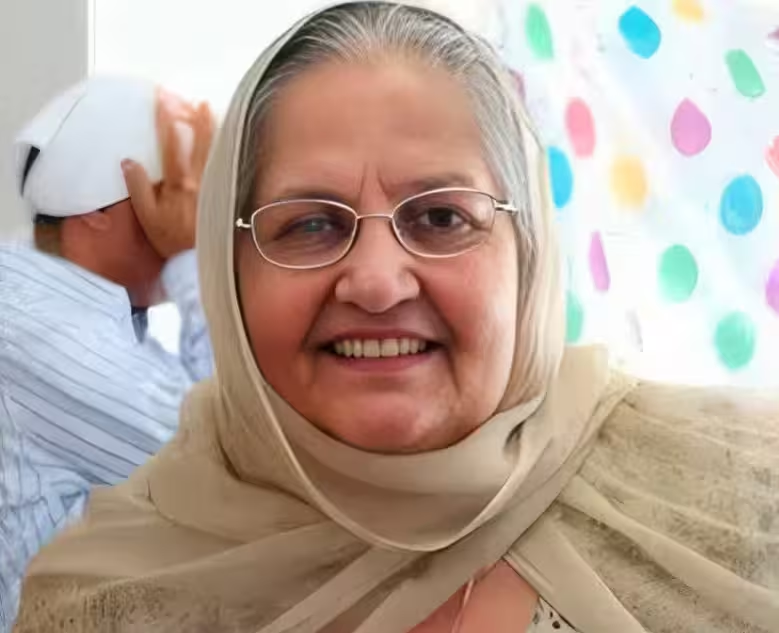 The Heartbreaking Journey of Harjit Kaur
The Heartbreaking Journey of Harjit Kaur
-
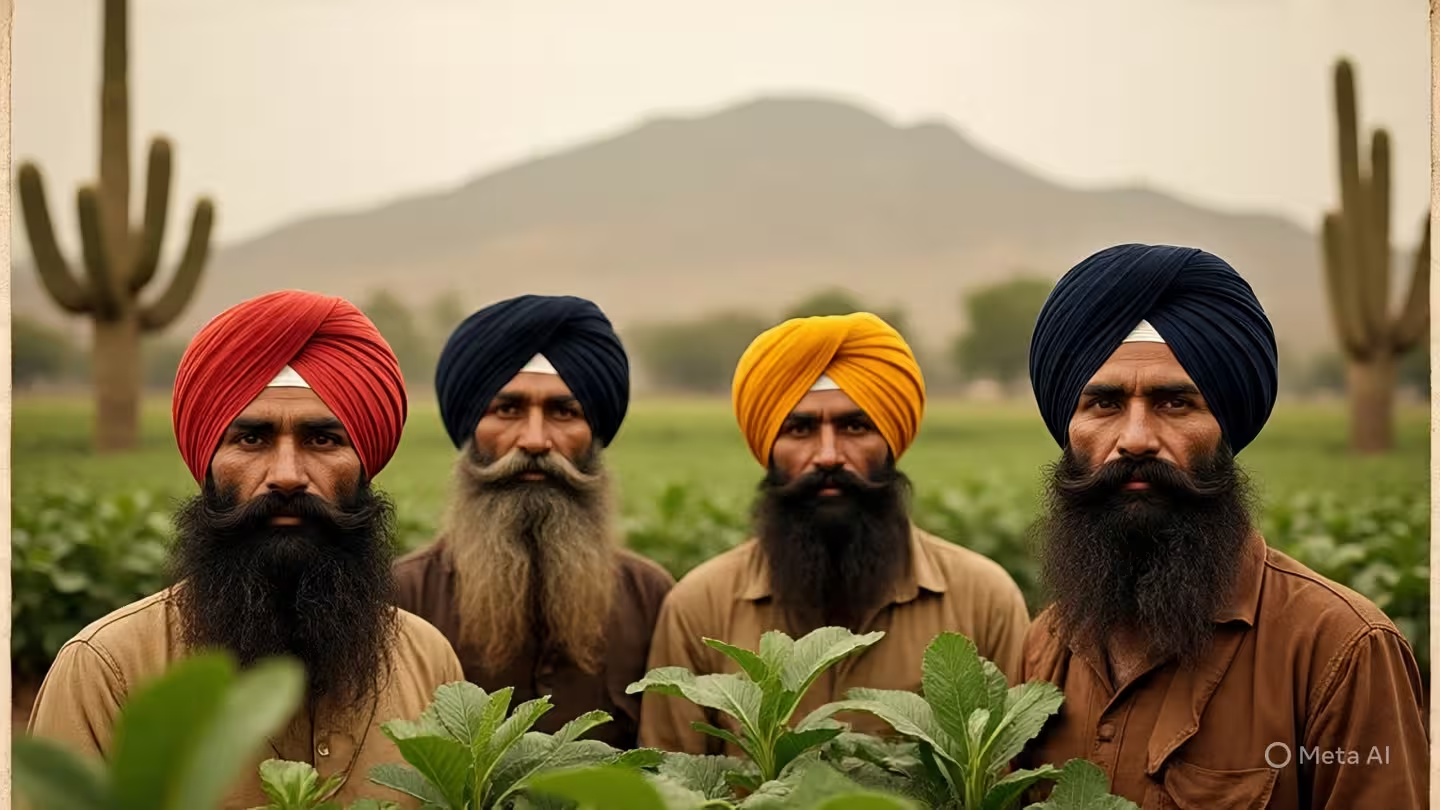 Sikhs in Mexico
Sikhs in Mexico
-
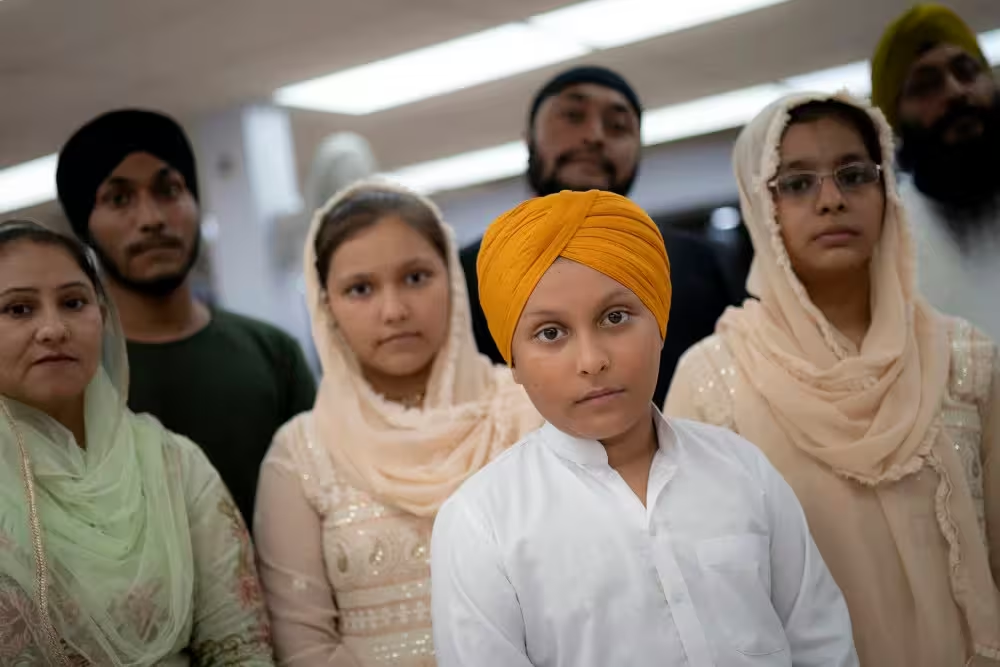 The Bitter Exodus of Sikhs from Afghanistan
The Bitter Exodus of Sikhs from Afghanistan
-
 Decline of Sikhs in China
Decline of Sikhs in China
-
 Sikhs in Afghanistan
Sikhs in Afghanistan
-
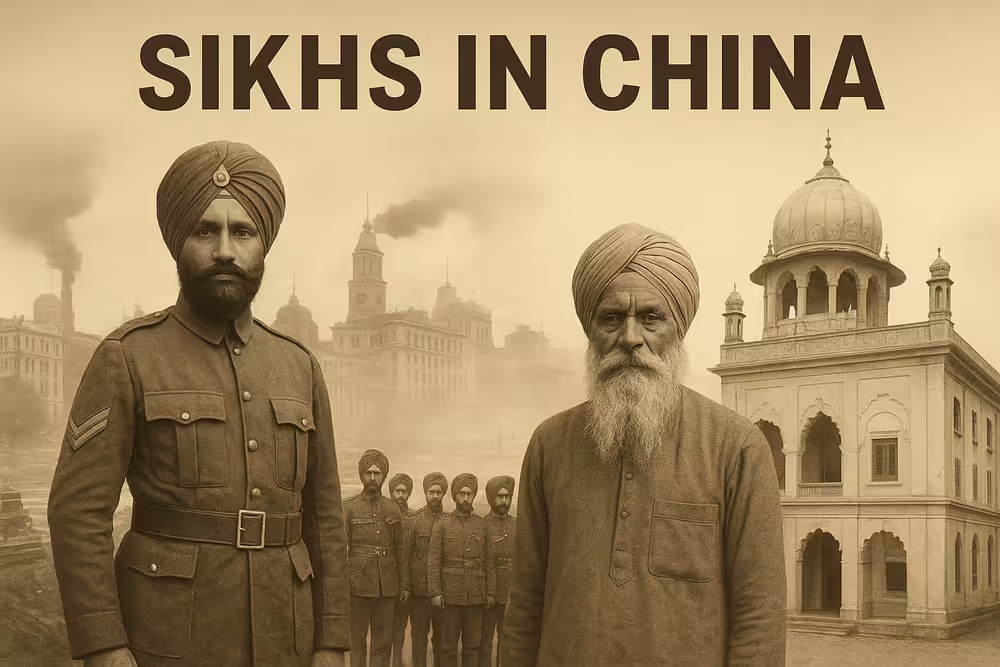 Sikhs in China
Sikhs in China
-
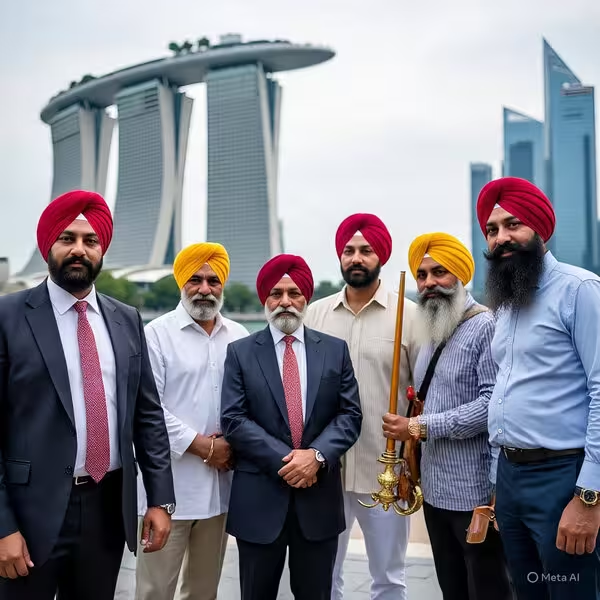 Famous Sikhs in Singapore
Famous Sikhs in Singapore
-
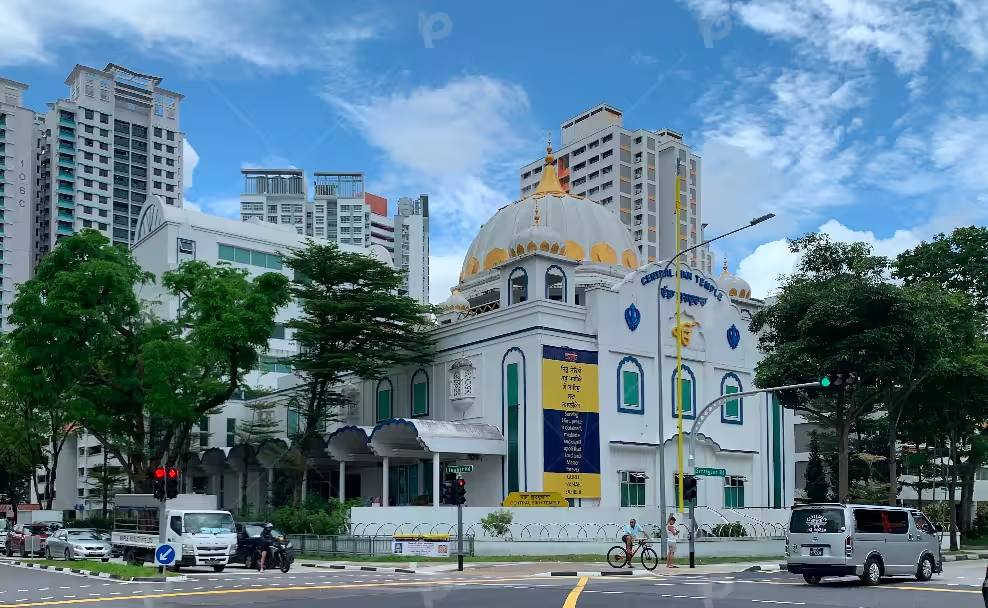 Sikh Gurdwaras in Singapore
Sikh Gurdwaras in Singapore
-
 Sikhs in Singapore
Sikhs in Singapore
-
 Famous Sikhs in Italy
Famous Sikhs in Italy
-
 Sikh Gurdwaras in Italy
Sikh Gurdwaras in Italy
-
 Sikhs in Italy
Sikhs in Italy
-
 Sikhs in Thailand
Sikhs in Thailand
-
 First copy of Guru Granth Sahib in new Zealand
First copy of Guru Granth Sahib in new Zealand
-
 First Sikh Doctor in Yuba City
First Sikh Doctor in Yuba City
-
 Potato King of USA
Potato King of USA